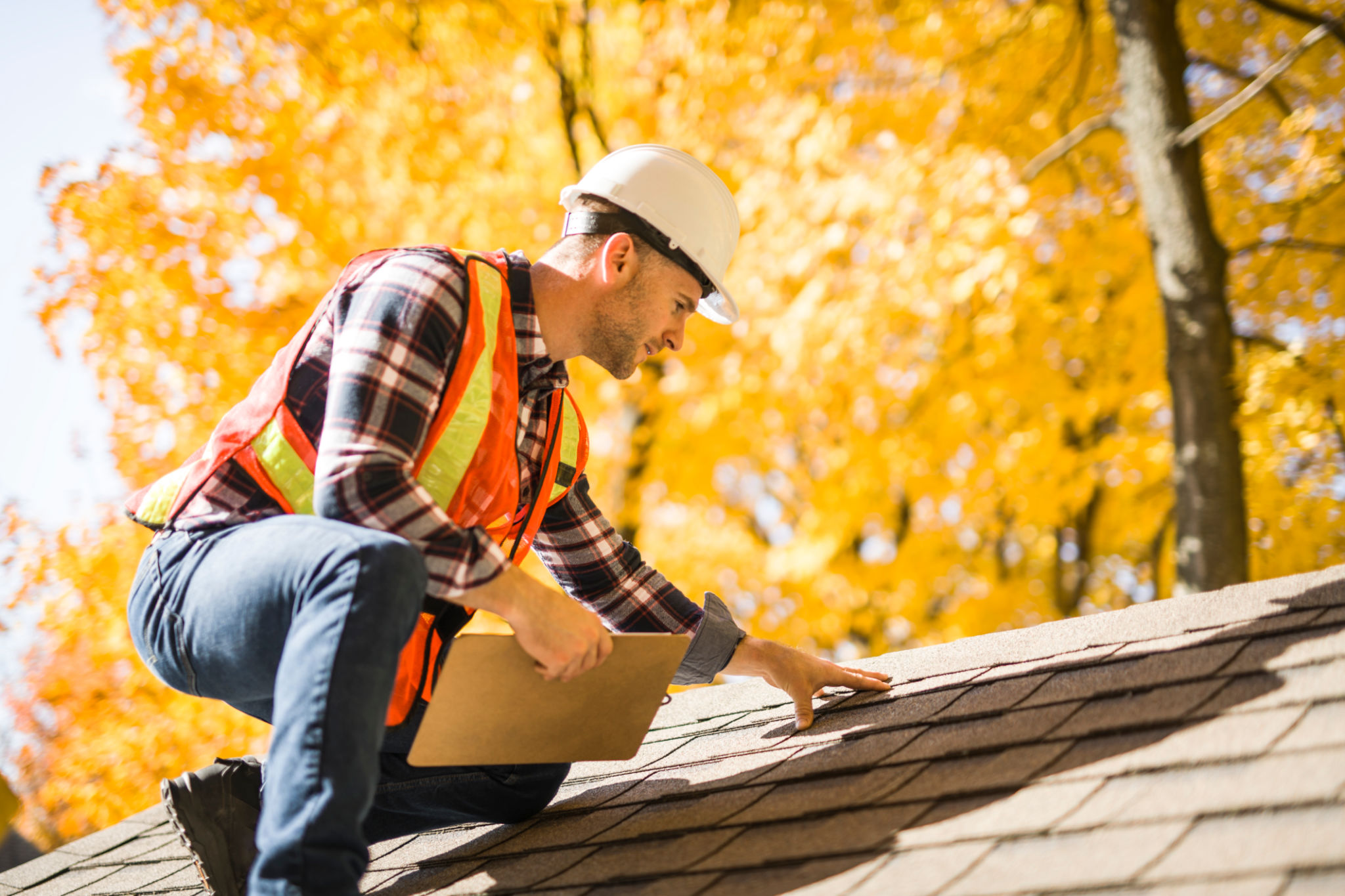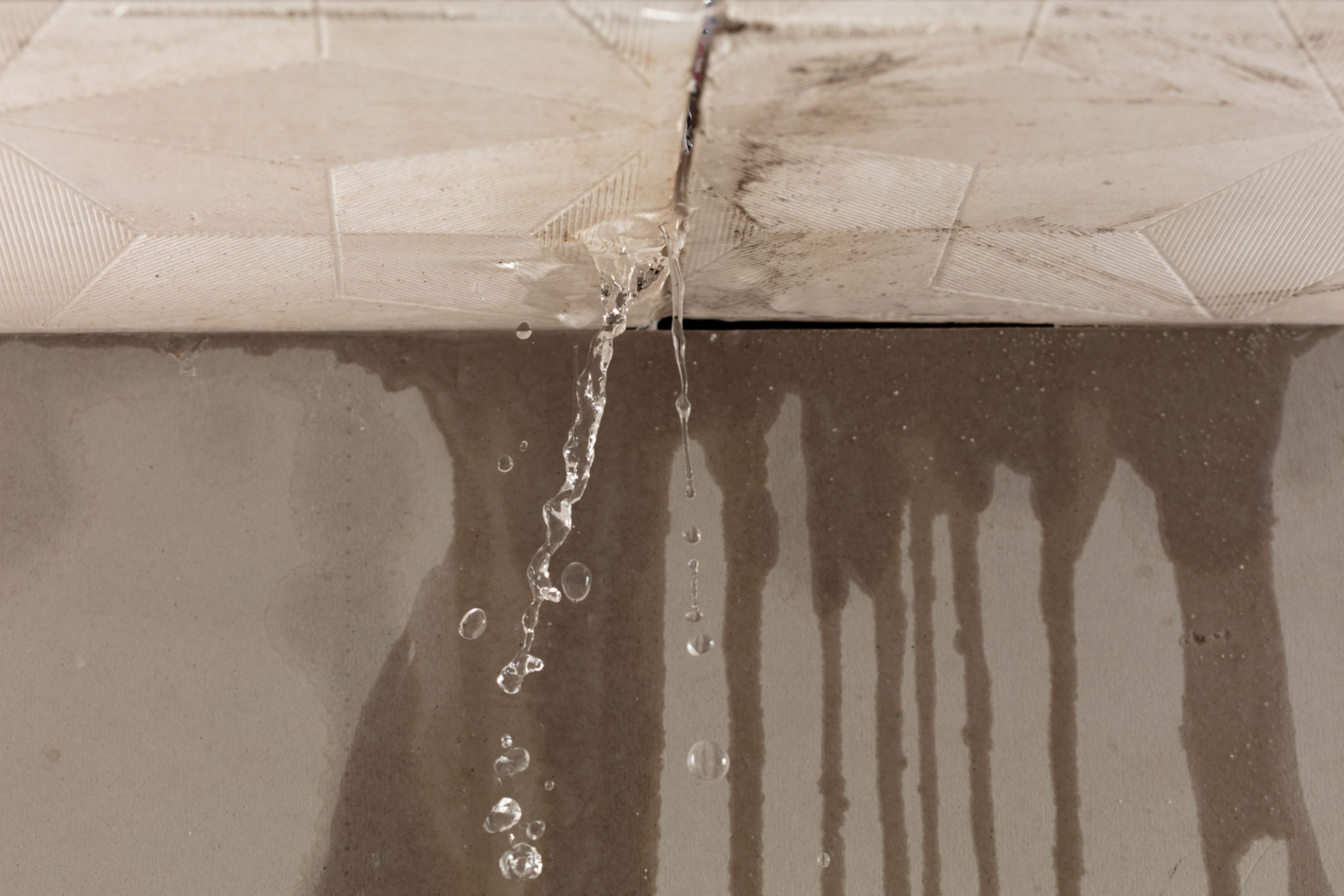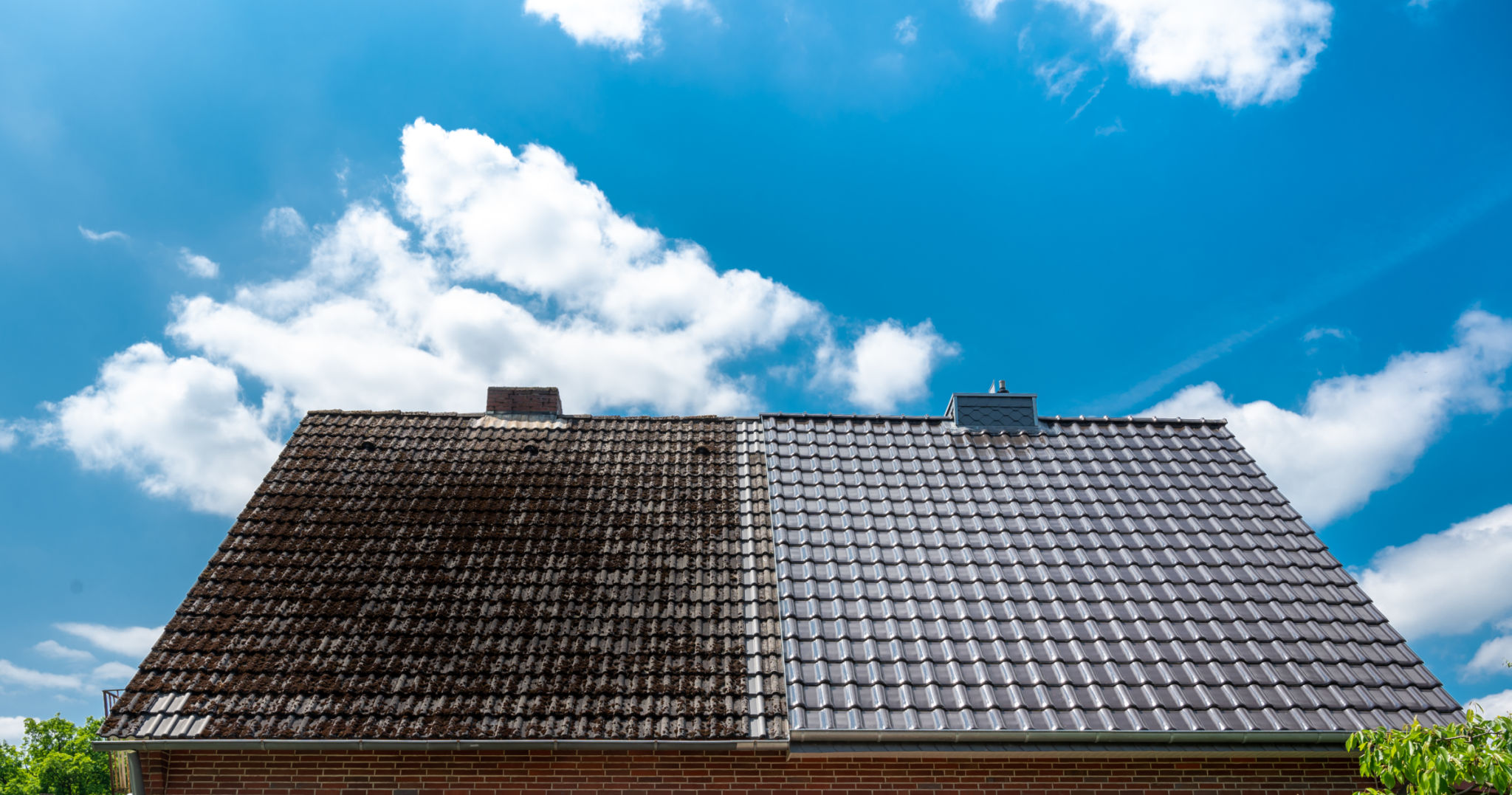DIY Roof Inspection: Spotting Common Problems Early
Introduction to DIY Roof Inspection
Maintaining a sturdy and leak-proof roof is crucial for the longevity of your home. Performing regular DIY roof inspections can help you spot potential problems early, saving you from costly repairs down the line. With a few simple tools and some basic knowledge, you can keep an eye out for common roofing issues.

Essential Tools for Roof Inspection
Before you start your roof inspection, gather a few essential tools to make the process easier and safer. Here's a list of what you'll need:
- Ladder: Ensure it's stable and tall enough to reach your roof comfortably.
- Binoculars: Useful for inspecting areas that are difficult to reach or potentially dangerous.
- Camera or smartphone: Take pictures of any issues for later reference.
- Notebook and pen: Jot down any observations or areas of concern.
Checking for Shingle Damage
One of the most common roofing problems is shingle damage. Look for missing, cracked, or curled shingles as these can lead to leaks and water damage. Pay special attention to areas around chimneys, vents, and skylights where shingles may be more vulnerable.
If you spot any damaged shingles, it's important to replace them as soon as possible. Delaying repairs can result in more extensive damage and higher repair costs.

Inspecting for Leaks and Water Damage
Water stains on your ceiling or walls can be a sign of roof leaks. During your inspection, look for any signs of moisture or water damage inside your attic. Check for mold, mildew, or any musty odors that may indicate a problem.
Outside, inspect the roof for any sagging or pooling water. These issues can point to drainage problems that need addressing immediately. Ensure gutters and downspouts are clear of debris to allow proper water flow away from the roof.

Examining Flashing and Seals
Flashing is used around roof structures such as chimneys and vents to create a watertight seal. Over time, flashing can deteriorate or become loose, leading to potential leaks. Carefully examine these areas for any signs of wear or damage.
If you notice any gaps or cracks in the flashing, consider using a sealant to temporarily fix the problem until professional repairs can be made.
Spotting Signs of Aging and Wear
Roofs have a limited lifespan, generally between 20 to 30 years, depending on the material. As they age, they become more susceptible to issues like granule loss or brittleness. Check your roof for any signs of aging, such as excessive granules in gutters or visible wear.
If your roof is nearing the end of its lifespan, it may be time to consider a full replacement. Regular inspections help you plan for this investment before it becomes an urgent need.

When to Call a Professional
While DIY inspections are beneficial for spotting early signs of trouble, some issues require professional expertise. If you encounter extensive damage, structural concerns, or are unsure about any findings during your DIY inspection, it's best to consult with a roofing professional.
Professionals have the experience and equipment necessary to address complex problems and ensure your roof remains safe and functional.
Conclusion: Keeping Your Roof in Top Shape
A proactive approach to roof maintenance through regular DIY inspections can extend the life of your roof and prevent costly repairs. By familiarizing yourself with common roofing issues and keeping an eye out for early warning signs, you can maintain a safe and comfortable home environment.
Remember, safety should always be your top priority when conducting roof inspections. If you're uncomfortable or unsure about climbing onto your roof, stick to binoculars and ground-level observations, and contact a professional for further evaluation.